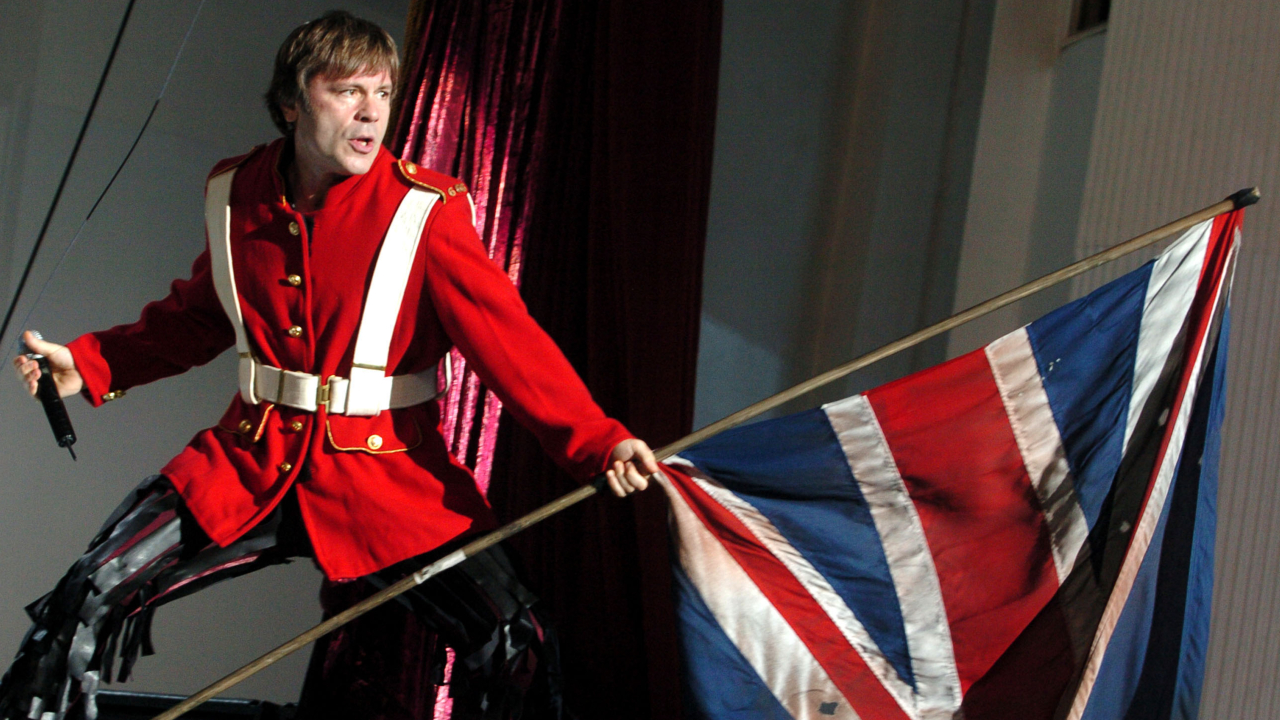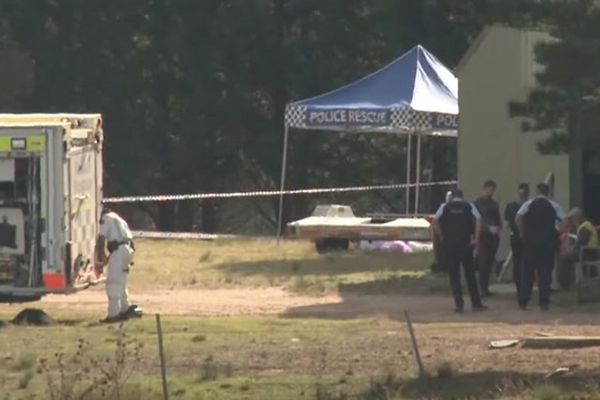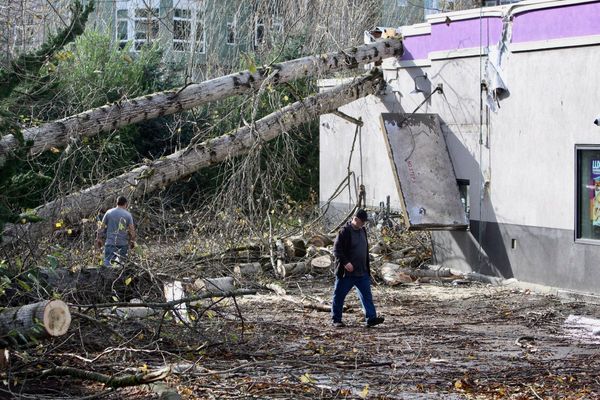
Bruce Dickinson studied for a history degree at London’s Queen Mary College. Steve Harris didn’t go to uni – the bassist founded Iron Maiden instead – but through his lyrics he’s done more to make history come alive for young people than all academic lecturers put together.
Between them (and other Maiden members past and present), they have steered us through millennia, from the discovery of fire to the first atomic bomb. So, we thought it was high time someone collated every chapter in world history that Maiden have ever written a song about, then ordered them chronologically.
You’re welcome.

Pre-history: Quest For Fire (Piece Of Mind, 1983)
Steve’s lyrics were inspired by the 1979 film of the same name, set around a tribal skirmish over flame theft circa 100,000 BC. Many scholars now believe that homo erectus was making and controlling fire over a million years ago. However, they’d all dispute this song’s assertion that mankind’s quest for fire took place “in a time when dinosaurs walked the earth”.
c.2500 BC: Powerslave (Powerslave, 1984)
Powerslave’s title track is told from the perspective of a power-mad pharaoh, who laments having to succumb to death and dreams of resurrection. Judging by the album cover, it’s set bang in the middle of Ancient Egypt’s first Golden Age, called the Old Kingdom. During that period’s Fourth Dynasty, there was widespread peace and trade, and kings were known as the “Golden Horus” in reference to the god of death.
356–323 BC: Alexander The Great (Somewhere In Time, 1986)
Reading like a set of bullet points for a GCSE history essay, Alexander The Great contains only one schoolboy error. “They wouldn’t follow him to India,” writes Steve – but they did! Alexander’s armies conquered much of the subcontinent for the Macedonian Empire. They did however refuse to cross the Ganges river, talking Alex into fucking off home instead.
c.120–63 BC: The Parchment (Senjutsu, 2021)
Though the meaning of The Parchment’s never been fully explained, some Maiden scholars think it alludes to Hellenistic king Mithridates VI Eupator, scourge of the Roman Empire. The parchment itself (the “Parthian skin” of Steve's mighty lyrics) may refer to Mithridates’ epistle requesting military aid from Parthian armies. He was often depicted wearing big cat skins, which would make the line “Fierce as wolf with a leopard skin” make sense.
52 BC: Death Of The Celts (Senjutsu, 2021)
The Celtic warrior dying on the battlefield – and with him the Celts as a race – may be one of the fallen at the battle of Alesia, where Gallic forces under King Vercingatorix were defeated by Julius Caesar. His surrender spelt doom for the Celtic tribes as a major power in Europe, although their culture hung around Britain for centuries.
44 BC: The Ides Of March (Killers, 1981)
A pivotal event in the history of the Roman Empire, the assassination of Julius Caesar occurred on March 15, “ides” referring to the middle days of a month in the Roman calendar. Dozens of senators were implicated in the conspiracy: no wonder Caesar declared, “Infamy! Infamy! They've all got it in for me!” (in Carry On Cleo, anyway).
c.500: The Book Of Souls (The Book Of Souls, 2015)
Most of Maiden visited the Mayan pyramids at Teotihuacan, Mexico, in 2008, where they heard of the human sacrifices, mortuary rituals and mysterious civilisational extinction addressed here in Steve’s lyrics. Presumably that ancient, ruined city was where The Book Of Souls’ theme was conceived, most fulsomely expressed on this doom-laden title track. They even got scholar Simon Martin to provide authentic hieroglyphs.
c.537: Isle Of Avalon (The Final Frontier, 2010)
The isle of Avalon is the resting place of King Arthur in English legend, and many historians believe the mythical place was inspired by the former island of Glastonbury Tor. Mediaeval cleric Geoffrey Of Monmouth wrote that Arthur was taken there after his last battle at Camlann in 537; Steve’s evocative lyrics seem to channel the king’s thoughts in his final hours.
991: Invaders (The Number Of The Beast, 1982)
The English coast was overrun with hairy Norsemen from 789 to 1066, but Invaders’ likeliest setting is the Battle Of Maldon in Essex. It happened in August, when the “blazing sun” mentioned in the lyrics was plausible; the Anglo-Saxons were outnumbered and overpowered (“warning must be given, there’s not enough men here for a stand”); and Steve used to live a stone’s throw away from where it happened.
1206–27: Genghis Khan (Killers, 1981)
You’d imagine Maiden would have plenty to say about Genghis Khan. The Mongol warlord single-handedly changed the history of Asia and ended some 40 million lives along the way. However, all he’s received so far is a galloping instrumental on the band’s second album. “It was written to depict the feeling and sound of Genghis Khan’s army going into battle,” Steve once explained.
1243–44: Montségur (Dance Of Death, 2003)
Bruce uncovered the history of this hilltop fortress while holidaying in Southern France. Montségur was the last stronghold of the Cathars, regarded by Catholic authorities as a heretical sect. 10,000 troops besieged the castle for 10 months, after which more than 200 remaining diehards were burnt on a pyre. A mysterious treasure, smuggled away shortly beforehand, was never found.
1281: Senjutsu (Senjutsu, 2021)
Steve hasn’t confirmed which Eastern military campaign gets described in Senjutsu’s lyrics. However, those in the know suggest that the “wall” being defended may be the Genkō Bōrui, constructed after Kublai Khan’s first Mongol invasion of Japan in 1274. It was still incomplete when Genghis’ grandson had another crack in 1281, but Genkō Bōrui held firm until a typhoon sent the Mongols packing.
1297: The Clansman (Virtual XI, 1998)
Brooding with windswept intensity, this Virtual XI highpoint places you on a thistly hillside during the First War Of Scottish Independence, claymore in hand, wind up kilt. Scotland’s rebel hero William Wallace routed the English at Stirling Bridge in 1297, but paid for it in 1305 with an execution so brutal even Eddie might find it slightly OTT.
c.1583: The Alchemist (The Final Frontier, 2010)
“I am Dr Dee and this is my house!” sings Bruce, dropping us into the gaff of John Dee: famed alchemist and advisor to Elizabeth I. His occult knowledge inspired such fear that a mob torched his Mortlake home, as the lyrics narrate. Also referenced is the “fortune-teller” Edward Kelly, who swore that an angel told him to sleep with Dr Dee’s wife.
1620: The Pilgrim (A Matter Of Life And Death, 2006) / The Talisman (The Final Frontier, 2010)
Both songs tell of people compelled to leave their homes to start again in a new land. The Pilgrim is set aboard the Mayflower on its journey to the American colony; The Talisman is less explicit about its destination. The fate of the surviving protagonist, however, mirrors the doom of many pilgrims who died during their first winter in the ‘New World’.
c.1645: Sun And Steel (Piece Of Mind, 1983)
Bruce based this loveable close-harmony singalong around 17th-century martial art text The Book Of Five Rings, written by Japanese samurai swordsman Miyamoto Musashi. Earth, Water, Fire and Wind are four of the Five Rings, alongside the more philosophical Void. The lyrics also allude to Musashi killing his first man at the age of 13 and refining his fighting skills by the time he was 16.
1854: The Trooper (Piece Of Mind, 1983)
Steve’s visceral lyrics take us into the Charge Of The Light Brigade, a notoriously bungled British cavalry assault at the Battle Of Balaclava during the Crimean War. Due to misunderstood orders, the dutiful horsemen rode into a position surrounded by Russian artillery, waving sabres into the crossfire. 40 percent of the brigade were killed or injured, including this song’s unnamed trooper.
1864: Run To The Hills (The Number Of The Beast, 1982)
Several events inspired this classic about Native American tribes slaughtered by white colonists, but 1864’s Sand Creek Massacre is one of the most egregious. Peaceful relations between Arapaho, Cheyenne and US settlers had been guaranteed by treaty, but that didn’t stop America’s Colonel Chivington leading an attack on the indigenous’s camp, slaughtering around 150 – largely women and children.
1917: Death Or Glory (The Book Of Souls, 2015)
Of course pilot Bruce couldn’t resist writing about German World War I flying ace Manfred Von Richthofen, AKA the Red Baron of dogfighting legend. Richtofen’s observation that his Fokker DR1 triplane “climbed like a monkey” inspired Death Or Glory’s lyrics. Bruce even owns a replica of the craft, which he flew with the Great War Display Team in a mock-dogfight over the 2014 Sonisphere festival.
1917: Paschendale (Dance Of Death, 2003)
The Battle Of Passchendaele (Steve simplified the spelling of the Belgian village where the campaign was waged) was deeply controversial, even at the time. Its very name quickly became emblematic of the senseless brutality and squalor of the First World War: an estimated total of 500,000–600,000 troops were killed in the appallingly muddy conditions described in Steve’s lyrics.
1918: The Aftermath (The X Factor, 1995)
References to mustard gas and barbed wire clearly place us in the closing moments of a First World War battle, and the mention of “mud and rain” may suggest Passchendaele. By the end of the song, we’re in the fallout of the conflict itself, when the impact of trench warfare on servicemen’s bodies and minds becomes ever more horribly apparent.
1930: Empire Of The Clouds (The Book Of Souls, 2015)
In October 1930, the hydrogen-powered British airship R101 – “the biggest vessel built by man,” Bruce sings – was between Bedfordshire and Karachi on its maiden overseas voyage. It didn’t end well. Empire Of The Clouds’ lyrics trace its sad story with obsessive accuracy, but more happily, Bruce is backing a firm to relaunch helium-powered airships as a green alternative to jet-fuelled travel.
1940: Darkest Hour (Senjutsu, 2021)
Under pressure to negotiate peace terms with Nazi Germany, Prime Minister Winston Churchill defied elite consensus by refusing to appease Hitler’s tyranny. Bruce’s patriotic lyrics unambiguously hail the formidable war leader’s resolve – and the “sons of Albion” who heeded his call to “defend this sacred land” – while also acknowledging the deep depression that Churchill called his “black dog”.
1940: Aces High (Powerslave, 1984)
During Powerslave’s celebrated opener, Steve puts us in the cockpit of the aeroplanes ducking and weaving as they fight in the Battle Of Britain. For three months, Britain’s freedom was defended by just 2,937 aircrew, with an average age of 20. As Churchill stated, “Never in the field of human conflict was so much owed by so many to so few.”
1941: Run Silent Run Deep (No Prayer For The Dying, 1990)
“This is about the dog-eat-dog, no-mercy world of life and death at sea during the Second World War,” Bruce said of this underestimated submarine yarn. The eponymous book and film were set around the Japanese attack on Pearl Harbour; the lyrics mention no specific engagement, but brilliantly evoke the tension and terror of underwater warfare.
1944: The Longest Day (A Matter Of Life And Death, 2006)
The D-Day landings saw the Allies succeed in pushing back the Nazi war machine and begin the liberation of France. 1998’s Saving Private Ryan did much to bring Operation Neptune to a new generation, but the lyrics of The Longest Day, from A Matter Of Life And Death, are almost as vivid a depiction of the valour and terror of June 6, 1944.
1945: Tailgunner (No Prayer For The Dying, 1990)
The rear gunner on a bomber plane had the ‘best’ view of whatever carnage was unleashed, and this track’s lyrics take in “the glow of Dresden” (the RAF’s most controversial bombing campaign) and the Enola Gay (the plane that dropped atomic bombs on Japan). “Nail that Fokker” is a misnomer, though: Germany flew very few captured Fokkers in World War II, but it’s a fun pun all the same.
1945: Brighter Than A Thousand Suns (A Matter Of Life And Death, 2006)
All of Iron Maiden grew up in the Atomic Age, with the fear of nuclear warfare engendered across the world by the bombs dropped from the Enola Gay. The title is a quote from Robert Oppenheimer, chief scientist overseeing the development of the atomic bomb; he is explicitly named in the song, contrasting his Christian faith with the project’s monstrous consequences.







